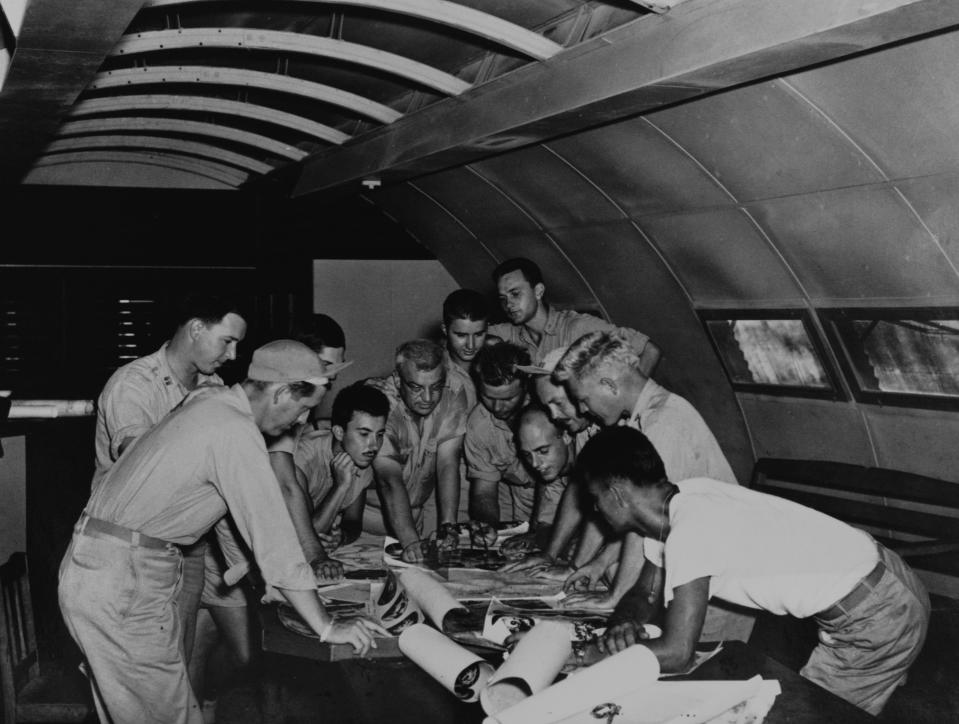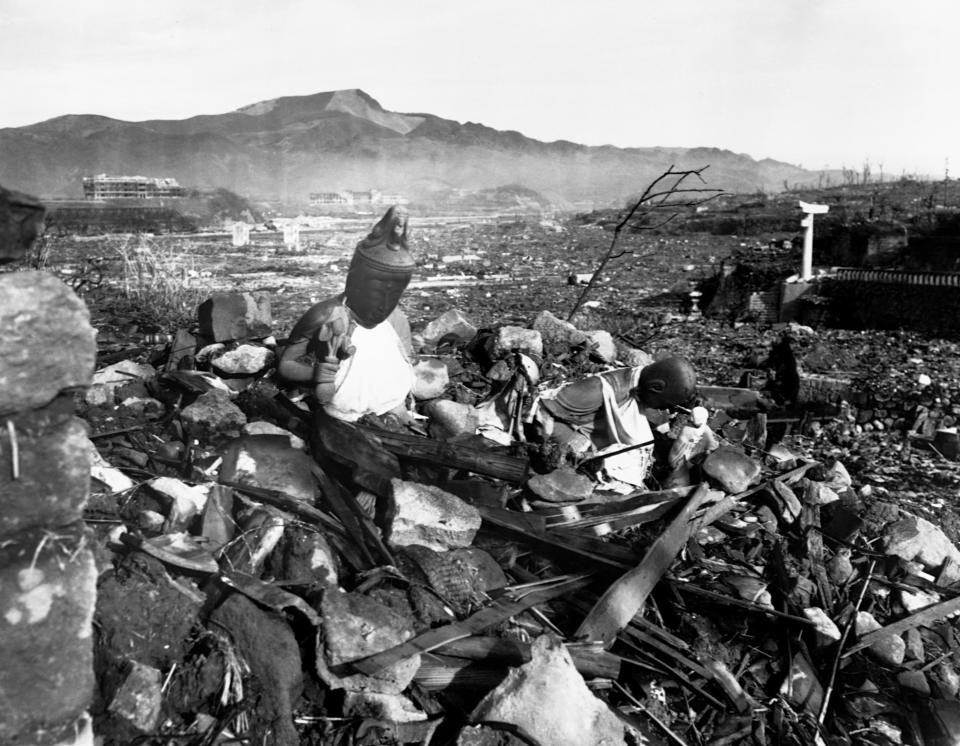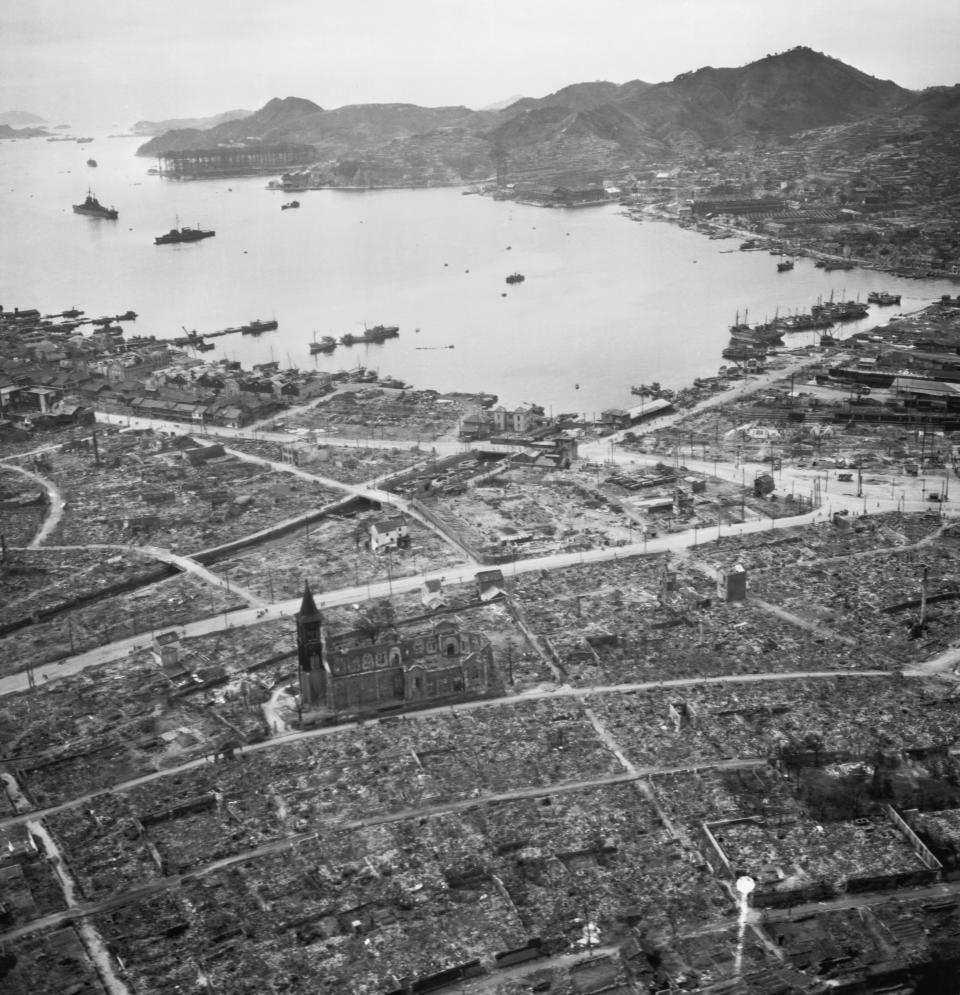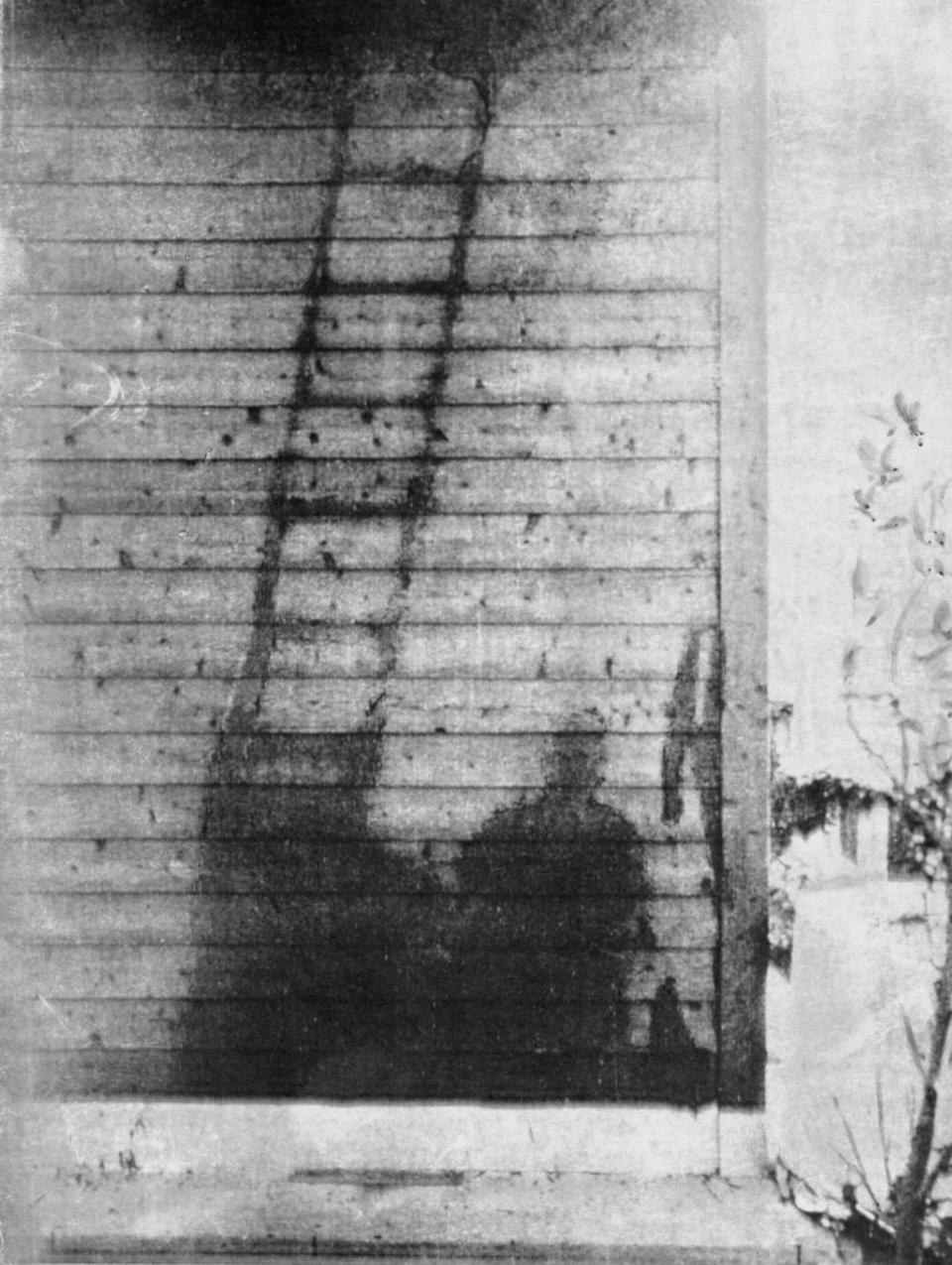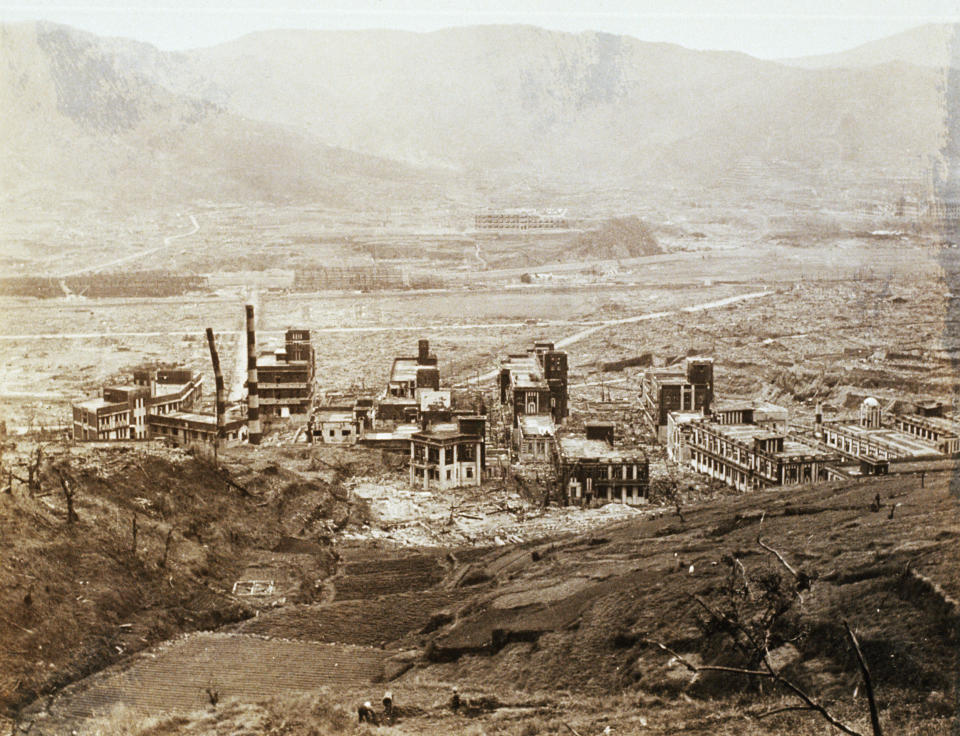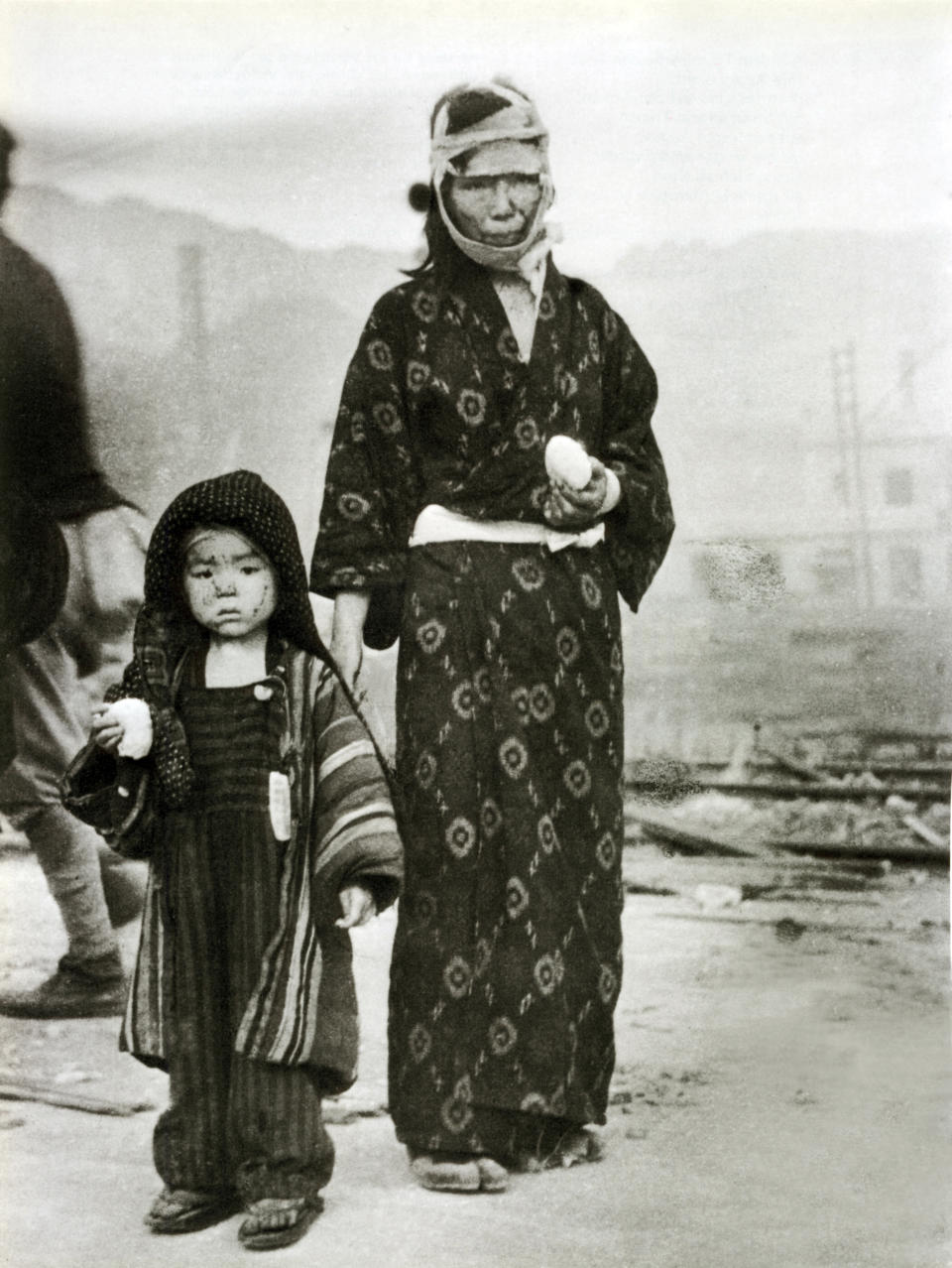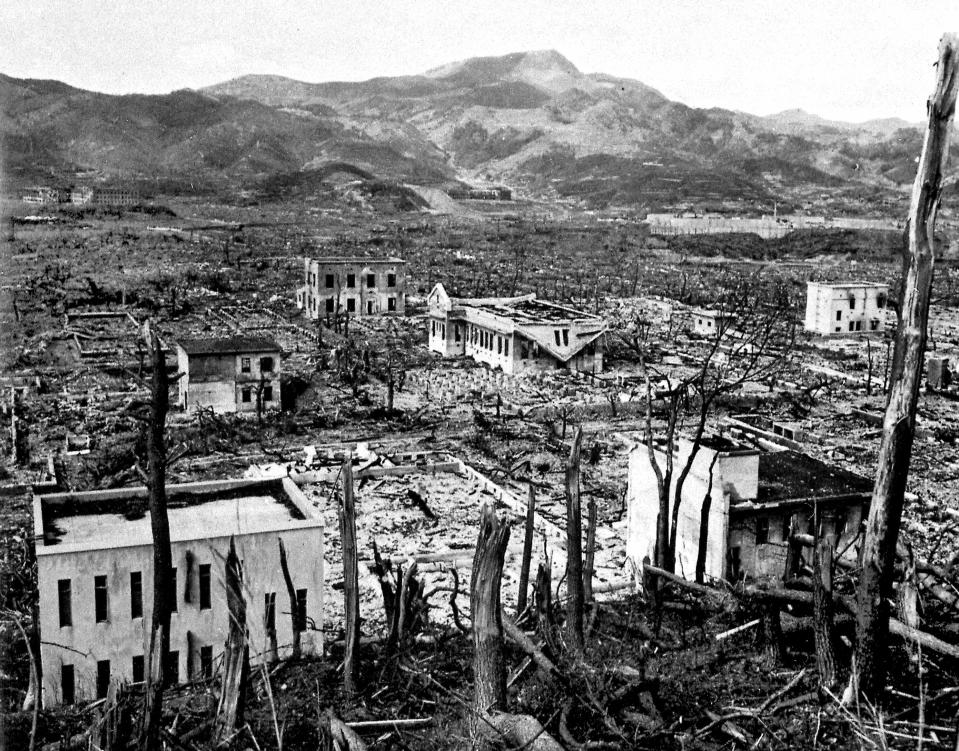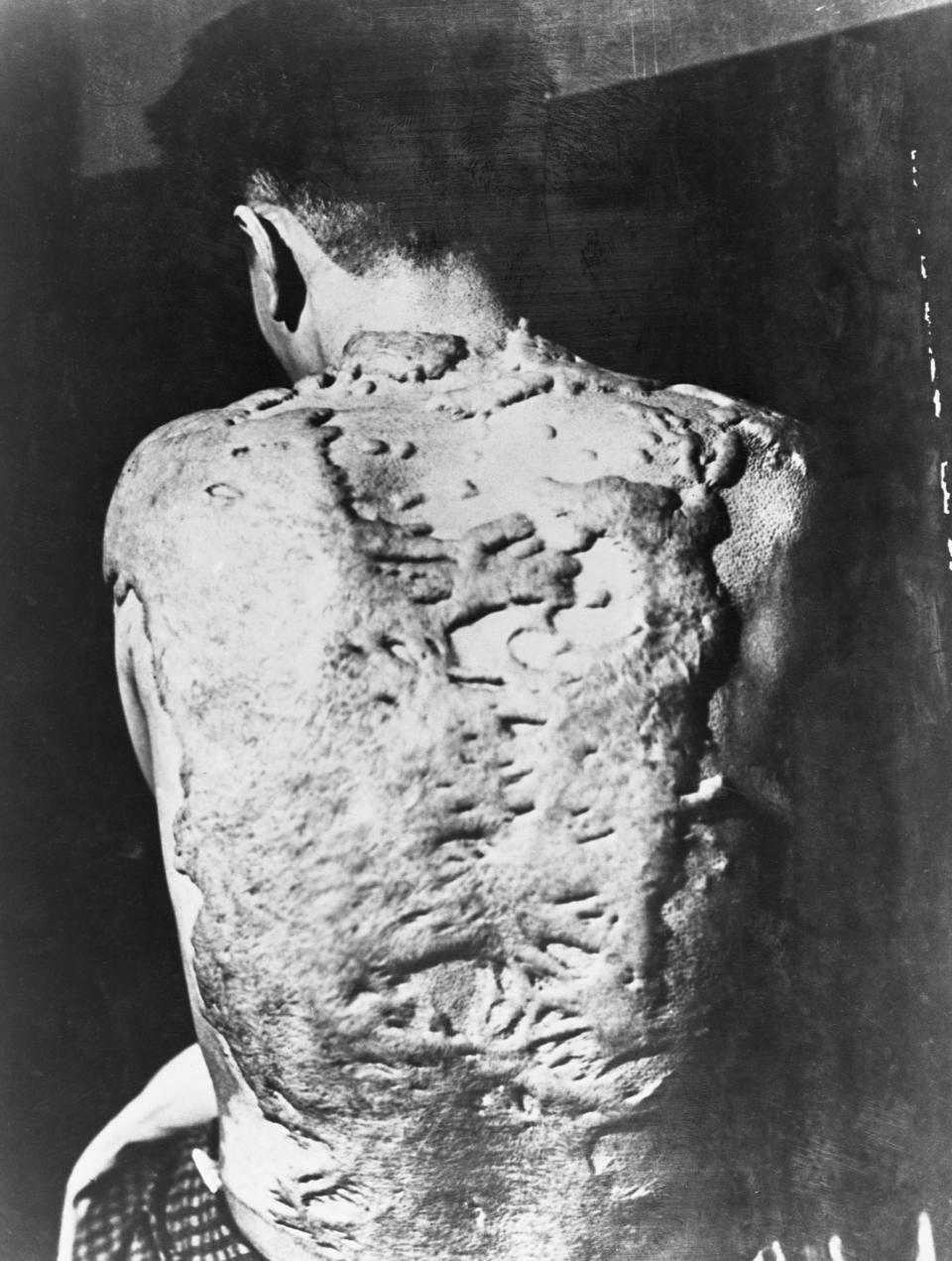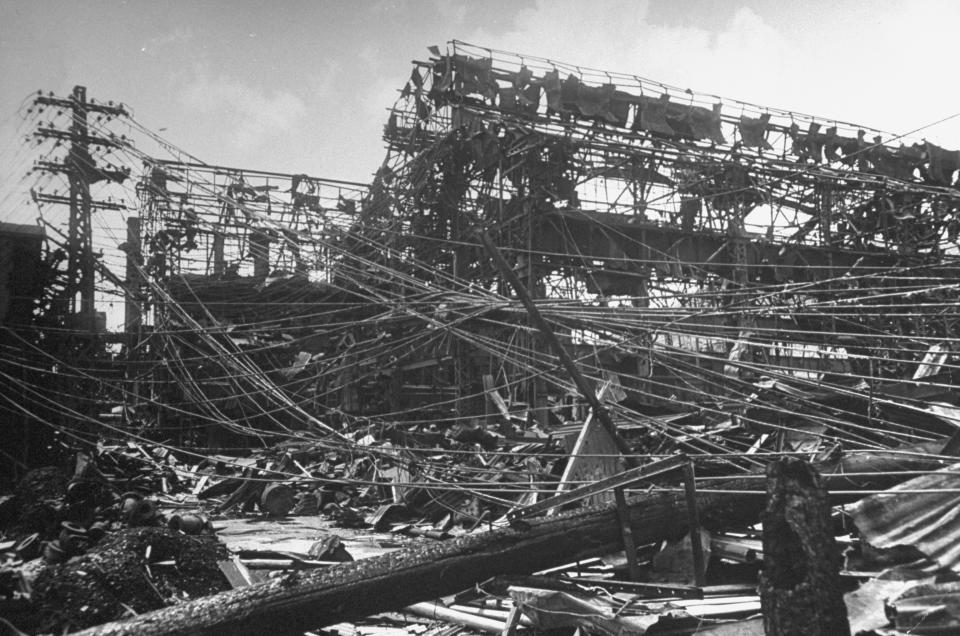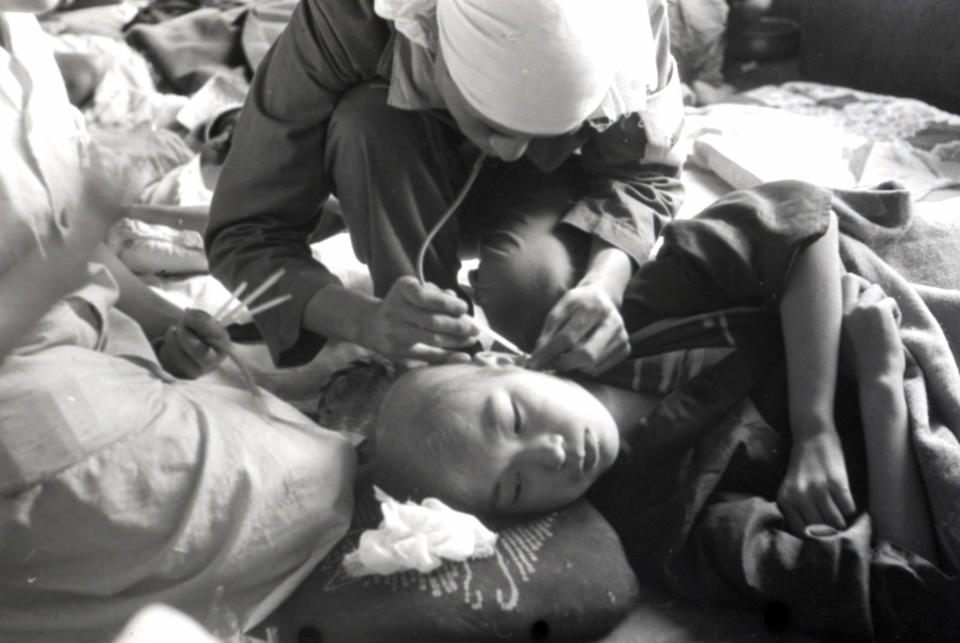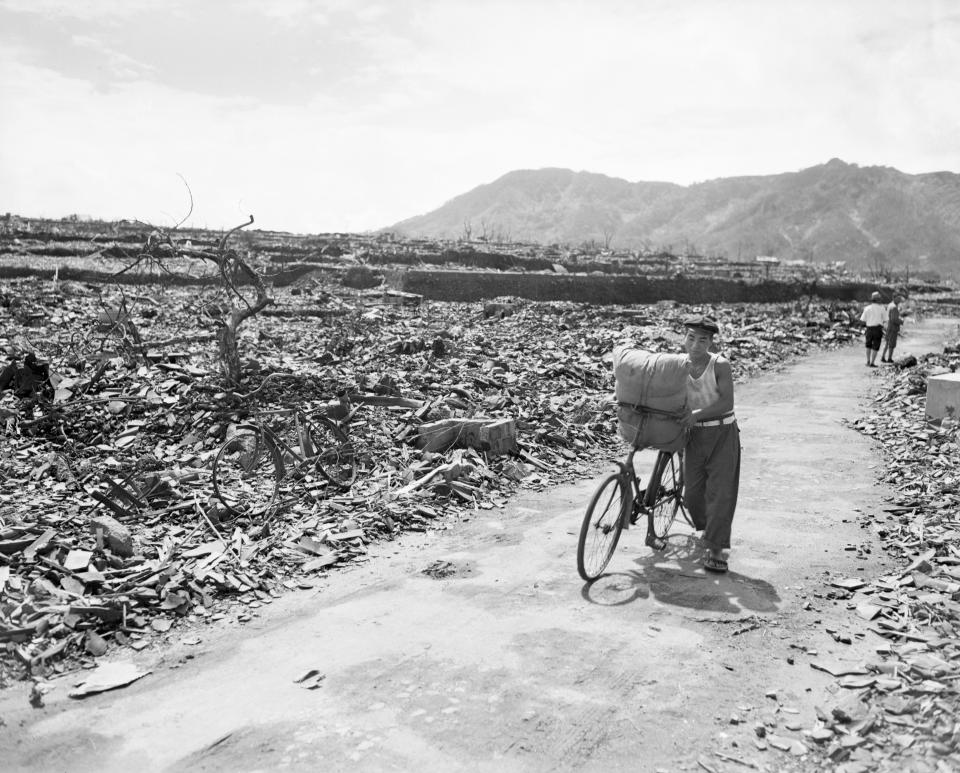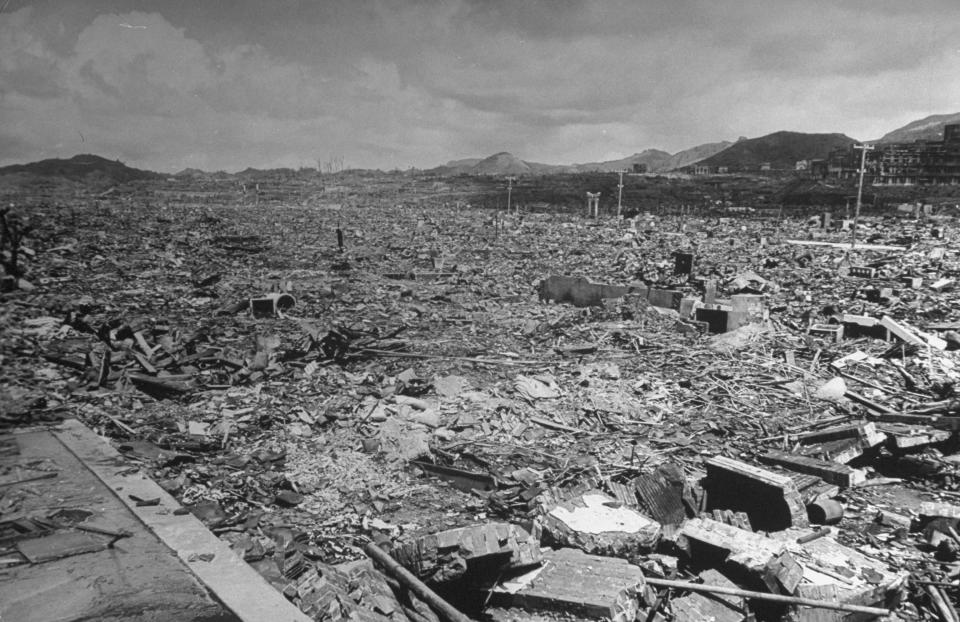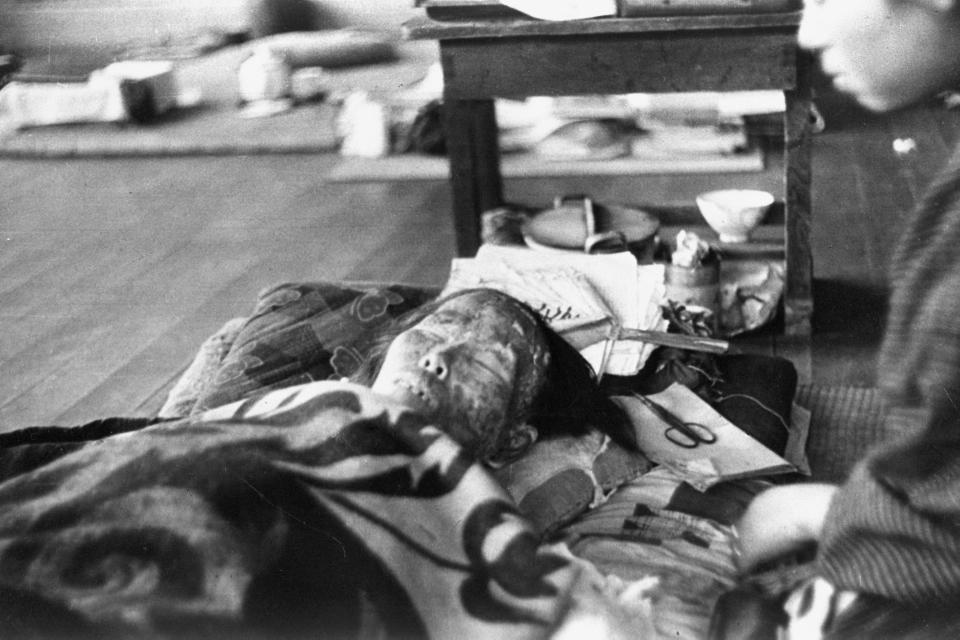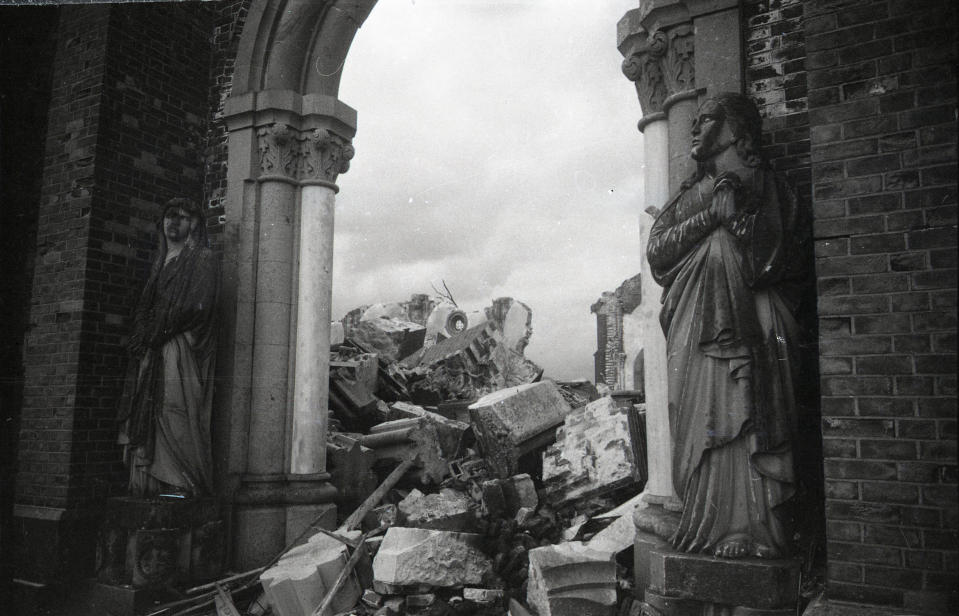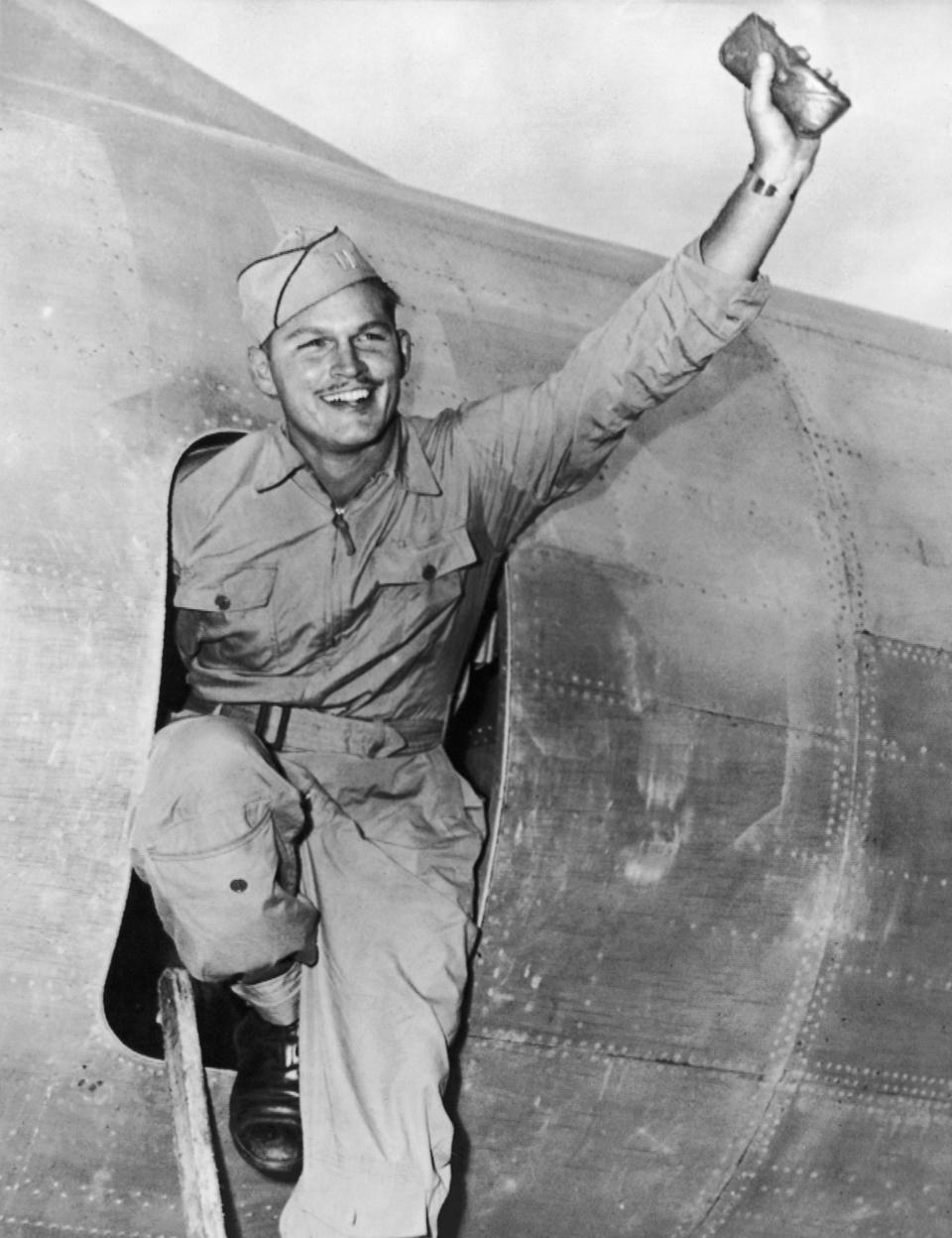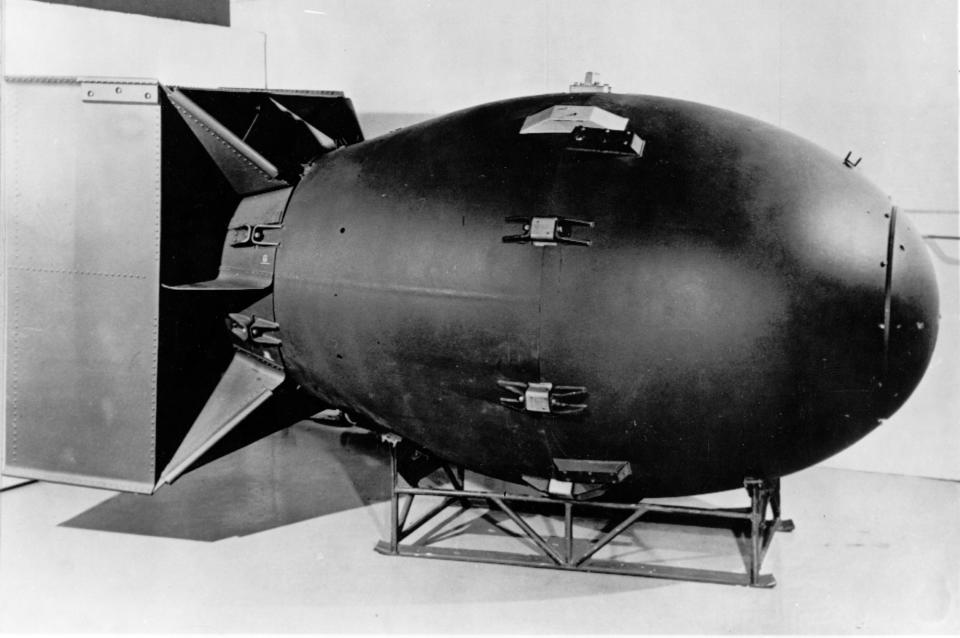Nagasaki after the atomic bomb
At 11:02 a.m. on Aug. 9, 1945, the bomb, nicknamed “Fat Man,” exploded approximately 500 meters (1,640 feet) above Nagasaki, Japan. It instantly killed an estimated 70,000 of the city’s population. Three days earlier, on Aug. 6, 1945, an American B-29 Superfortress bomber called Enola Gay dropped a uranium-235 bomb on Hiroshima, eventually killing at least 140,000 people. These were the only times nuclear weapons have been used. Their destructive power was unprecedented, incinerating buildings and people and leaving lifelong scars on survivors, not just physical but also psychological, and on the cities themselves. Days later, World War II was over.
On the 73rd anniversary of the U.S. atomic bombing of Nagasaki, Secretary-General Antonio Guterres, the first U.N. chief to visit Nagasaki, said that fears of nuclear war are still present 73 years after the Nagasaki and Hiroshima bombings and that the attacks should never be repeated. He raised concerns about slowing efforts to denuclearize, saying existing nuclear states are modernizing their arsenals.
“Disarmament processes have slowed and even come to a halt,” Guterres told the audience at the Nagasaki Peace Park. “Here in Nagasaki, I call on all countries to commit to nuclear disarmament and to start making visible progress as a matter of urgency.” Guterres added that nuclear weapons states should take the lead. “Let us all commit to making Nagasaki the last place on earth to suffer nuclear devastation,” he said. (AP/Getty images)
Here’s a look back at that fateful day.
See more news-related photo galleries and follow us on Yahoo News Photo Twitter and Tumblr.

